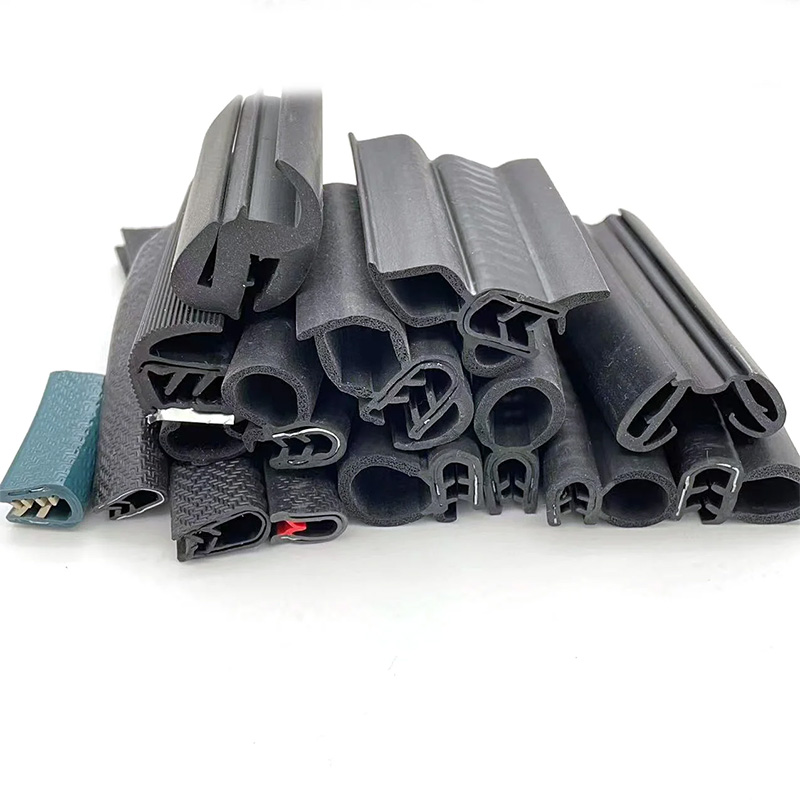Current Pricing Trends for Jute Bags in China and Their Market Impact
The Pricing Landscape of China Jute Bags
In recent years, jute bags have gained significant popularity as environmental concerns escalate and the demand for sustainable products surges. Jute, a natural fiber, is not only biodegradable but also durable, making jute bags a preferred choice for both consumers and businesses. Among the key players in the jute bag market, China has emerged as one of the leading producers, offering a diverse range of jute bags at competitive prices. Understanding the pricing landscape of jute bags in China requires a closer look at various factors influencing their cost.
1. Raw Material Costs
At the core of jute bag pricing is the cost of raw materials. Jute fibers are sourced primarily from countries like Bangladesh, India, and China. The price of jute can fluctuate based on several factors, including crop yield, global demand, and climate conditions. A poor harvest or an increase in demand can lead to higher raw material costs, subsequently influencing the prices of jute bags produced in China. Additionally, the price of raw materials is influenced by international trade policies and tariffs, which can add another layer of complexity to pricing.
2. Manufacturing Processes
The manufacturing process of jute bags involves various stages, including spinning, weaving, and finishing. China boasts a well-established textile industry equipped with modern machinery that can produce jute bags efficiently. However, the level of technology used in manufacturing can vary significantly between different manufacturers. Factories that invest in advanced technology tend to have higher production costs, which may be reflected in the pricing of their jute bags. On the other hand, smaller manufacturers with limited resources may offer lower prices but might compromise on quality.
china jute bag price

One of the appealing aspects of jute bags is their versatility in design. Many businesses opt for customized jute bags featuring their logos or specific patterns. The level of customization can significantly affect the price of the bags. A simple, unadorned jute bag may be relatively inexpensive, while highly customized designs require additional processes and raw materials, pushing the price higher. Consumers looking for unique designs are often willing to pay a premium, which can lead to a wide range of pricing options in the market.
4. Market Demand and Trends
The demand for eco-friendly products is on the rise globally, influencing the pricing of jute bags in China. As more consumers and businesses shift towards sustainable alternatives to plastic, the demand for jute bags has increased. This uptick in demand can lead to price fluctuations. In times of high demand, manufacturers may raise their prices, while a saturated market might lead to increased competition and lower prices. Keeping an eye on market trends is essential for consumers and businesses looking to purchase jute bags at the best prices.
5. Shipping and Distribution Costs
Lastly, shipping and distribution costs play a crucial role in the overall pricing of jute bags. Given that many businesses source jute bags from manufacturers in China and ship them internationally, transportation costs, customs duties, and logistics can add a significant markup to the final price. Higher fuel prices and fluctuating shipping rates can contribute to increased costs for consumers, making it essential for buyers to consider these factors when evaluating prices.
Conclusion
The pricing of jute bags in China is influenced by a plethora of factors, including raw material costs, manufacturing processes, customization options, market demand, and shipping expenses. As the world increasingly embraces sustainable products, the jute bag market continues to evolve, offering consumers a variety of choices at different price points. For businesses and consumers alike, understanding these dynamics is crucial in making informed purchasing decisions and supporting eco-friendly practices. The future of jute bags looks promising, and their pricing will likely reflect the growing emphasis on sustainability in the global market.
Share
-
Uses of Jute Bags | Sustainable Jute ProductsNewsAug.12,2025
-
Types of Square Files and Their Uses in Modern IndustriesNewsAug.12,2025
-
Slitting Machines Overview & TypesNewsAug.12,2025
-
Jute Rope: The Versatile Material for DIY & CraftingNewsAug.12,2025
-
How to Use Tofu Cat Litter for the Best ResultsNewsAug.12,2025
-
Car Door Seal Buying GuideNewsAug.12,2025







